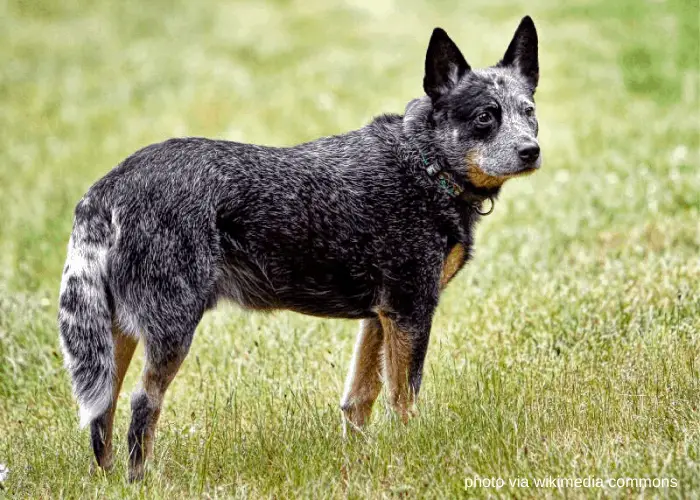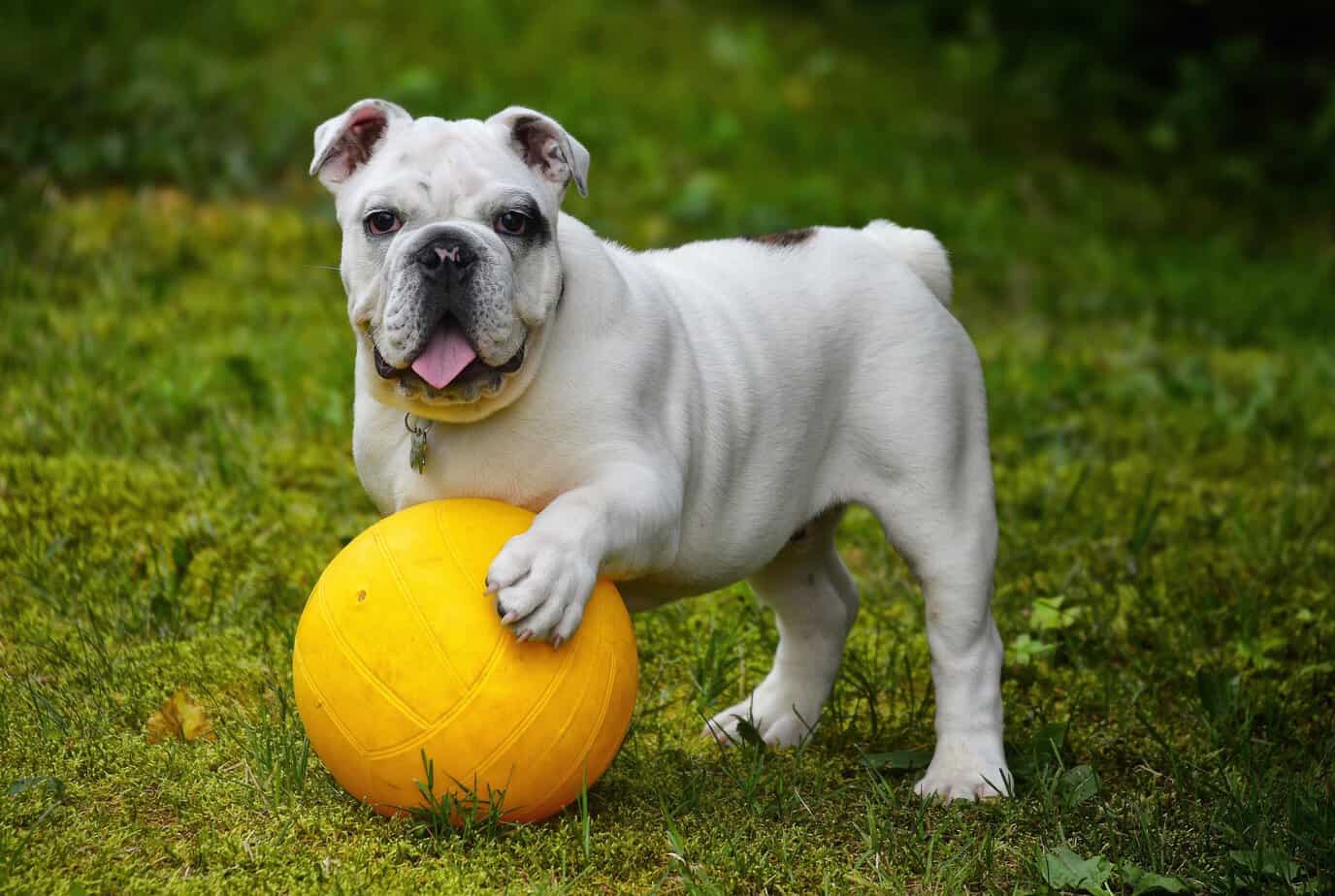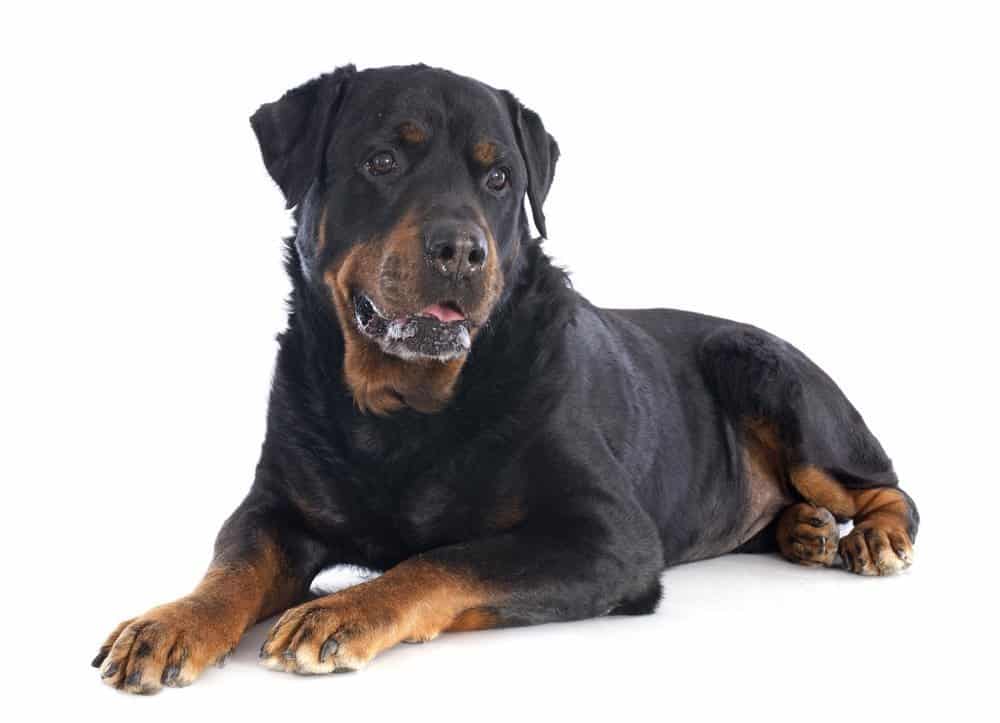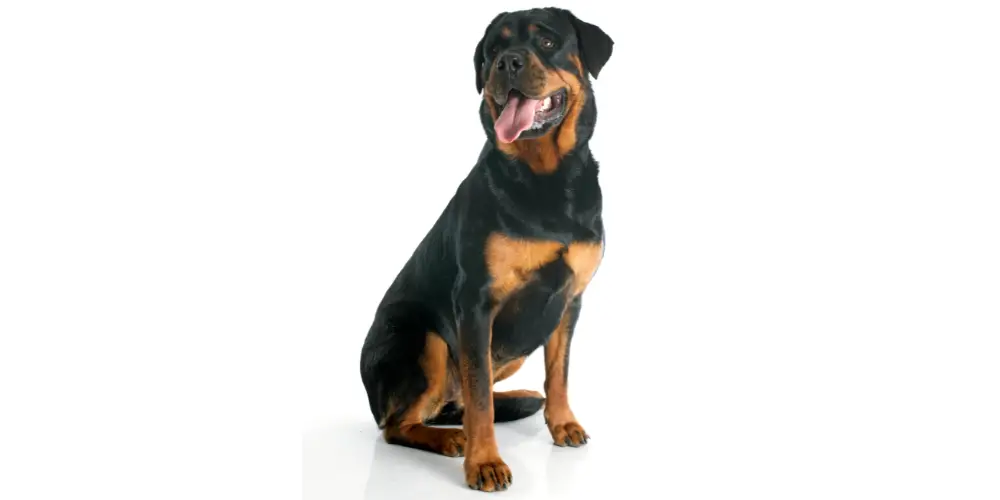When you think of a six-pack, you probably picture a fitness enthusiast or a movie star, not a dog.
But believe it or not, dogs can have abs too!
There are many misconceptions about dogs and abs, with some believing that dogs don’t have abdominal muscles.
This article will debunk these myths and introduce you to five breeds of dogs with abs.
The Truth About Dogs and Abs
Like humans, dogs have complex anatomy and a muscular system, including abdominal muscles.
These muscles, located on the belly of the dog, play a crucial role in their movement and flexibility.
However, the visibility of these muscles can vary greatly from one dog to another, depending on factors like the dog’s breed, diet, and exercise routine.
Unlike humans, dogs don’t have a rectus abdominis muscle—the muscle that gives humans their characteristic “six-pack” look when well-developed and defined.
Instead, dogs have a group of muscles known as the “transverse” and “oblique” abdominals. These muscles wrap around the dog’s midsection like a corset, providing strength and stability rather than a visible six-pack.
So, can dogs have visible abs?
The answer is yes, but not in the way that humans do.
Some dogs, particularly those of muscular breeds or those that get a lot of exercise, can have a defined midsection that might be described as a “six-pack.”
5 Dog Breeds with a Natural Six-Pack
Now that we’ve cleared up some misconceptions about dogs and abs let’s delve deeper into the world of canine fitness and look closely at five dog breeds known for their muscular build.
1. Australian Cattle Dog

This breed, known as the Blue Heeler, is renowned for its agility and strength. Australian Cattle are working dogs originally bred for herding cattle across vast distances in the rugged Australian outback.
Their active lifestyle and hardy nature contribute to their muscular build, including a well-defined midsection.
Their compact, balanced bodies are a testament to their strength, and their lean muscle mass is often visible, particularly in their abdominal area.
2. Boxer

Boxers are a medium to large-sized breed of working dogs known for their muscular build and boundless energy.
Their distinctively tight, firm body showcases their strength and agility. Their abs are often visible due to their lean muscle mass and low body fat.
Boxers are active and require regular exercise, contributing to their muscular physique. Their playful nature and love for physical activity make them one of the breeds with a naturally toned body.
3. Bulldogs

Despite their somewhat lazy reputation, Bulldogs are quite muscular. They have a sturdy frame with a broad and deep chest, contributing to a muscular appearance, including a defined abdomen.
Bulldogs may not be the most active breed, but their muscular build results from their genetic makeup.
Their wide stance and robust bodies give them a distinctive appearance, and while they may not have a six-pack in the traditional sense, their strength is evident in their build.
4. Rottweiler

Rottweilers are large, powerful dogs with well-developed muscles. They were initially bred to herd livestock and pull heavy carts, which explains their strong physique.
Rottweilers are robust and hard-working, with a deep chest and a muscular body. Their strength is visible in their well-toned bodies, and while they may not have visible abs like a human, their physical prowess is undeniable.
5. Staffordshire Bull Terrier

Known for their strength and agility, Staffordshire Bull Terriers have a muscular build with a well-defined midsection.
They are active and energetic, which contributes to their muscular physique. Staffordshire Bull Terriers are strong for their size, with a broad chest and a powerful, muscular body.
Their active lifestyle and love for play contribute to their physical fitness, making them one of the breeds with a naturally muscular build.
Each of these breeds showcases the variety of ways dogs can have a muscular build and a defined midsection.
Whether through an active lifestyle, a specific diet, or their genetic makeup, these dogs are a testament to the diversity and strength of the canine world.
Exercise and Dogs’ Abs
Just like humans, exercise is crucial to a dog’s muscular development. Regular physical activity helps dogs maintain a healthy weight and build muscle mass, including in their abdomen. But what kind of exercises are best for a dog’s abs? Let’s delve into that.
Swimming: Swimming is a fantastic full-body workout for dogs. It engages all their muscles, including their abs, without putting too much strain on their joints.
The resistance provided by the water helps build muscle mass and strength. Plus, most dogs love splashing around in the water, making this a fun and effective exercise.
Running: Running is another great way for dogs to build their abdominal muscles.
Whether it’s a game of fetch in the park, a run alongside a bicycle, or a jog with their owner, running provides a good cardio workout for dogs and engages their entire body.
Agility Training: Agility training is not just a fun game for dogs; it’s also a great way to build their muscles.
Navigating an agility course requires a dog to run, jump, weave, and climb, engaging a wide range of muscles. This includes their abdominal muscles used for balance and quick direction changes.
Tug-of-War: Believe it or not, a simple game of tug-of-war can be a great workout for your dog’s abs. The pulling motion engages the dog’s core muscles, helping to build strength and definition.
Doggy Sit-Ups: Yes, sit-ups aren’t just for humans! With a little training, you can teach your dog to do a version of the sit-up.
Start with your dog seated, hold a treat over their head, and slowly move it towards their tail, encouraging them to lie down. Then move the treat back up so they sit up again. This movement engages the dog’s abdominal muscles.
However, it’s important to remember that, just like humans, dogs need to warm up before exercising to prevent injuries.
A short walk or gentle play session can warm up your dog’s muscles and joints for more intense activity. Providing plenty of fresh water and breaks during exercise is crucial to prevent overheating.
Remember, every dog is different, and what works for one may not work for another.
Consider your dog’s breed, age, and health status when exercising. And if you’re ever in doubt, consult a vet or a professional dog trainer.
Diet and Dogs’ Abs
While exercise is a key component in building a dog’s abs, it’s only one part of the equation.
The diet also plays a crucial role in a dog’s muscular development. A balanced diet rich in high-quality proteins can help build and maintain muscle mass, contributing to a well-defined midsection.
Protein: Protein is the building block of muscles. For dogs aiming to build their muscles, their diet should include lean meats like chicken, turkey, and fish.
These foods provide the protein your dog needs for muscle growth and repair. Eggs are also a good source of protein and can be a great addition to your dog’s diet.
Healthy Fats: While monitoring the fat content in your dog’s diet is important, not all fats are bad.
Healthy fats, such as those found in fish oil, can support muscle health and provide energy for workouts. Omega-3 fatty acids, in particular, are beneficial for muscle health.
Carbohydrates: Carbohydrates provide energy for your dog’s workouts. Opt for complex carbohydrates like sweet potatoes and brown rice, which provide sustained energy and are packed with other nutrients.
Vitamins and Minerals: Vitamins and minerals are essential for overall health and muscle development.
For instance, Vitamin E is known for its antioxidant properties that help in muscle recovery, while calcium and phosphorus are crucial for strong bones and muscles.
Hydration: Water plays a vital role in all bodily functions, including muscle. Ensure your dog always has access to fresh water, especially during and after workouts.
Remember, every dog is unique, and what works for one might not work for another. B breed, age, size, and health status can influence a dog’s dietary needs.
It’s always best to consult a vet or a canine nutritionist before significantly changing your dog’s diet.
They can provide personalized advice based on your dog’s specific needs and help you design a diet plan that supports muscle development while ensuring overall health.
Case Studies
Maximus, a Dachshund, has become famous for his impressive abs thanks to a healthy diet and regular exercise.
A viral video of Maximus balancing on his owner’s stomach shows him standing on his hind legs and displaying his lean physique. The video has earned online plaudits, with many praising Maximus’ impressive abs.
Conclusion
Like humans, dogs have abdominal muscles that can be defined and strengthened through a balanced diet and regular exercise.
While they might not have a six-pack like humans, their muscular definition is a testament to their strength and agility. Certain breeds, like the Australian Cattle Dog, Boxer, Bulldog, Rottweiler, and Staffordshire Bull Terrier, are known for their muscular build, but any dog can improve their fitness with the right care and lifestyle.
It’s important to remember that every dog is unique, with their own needs and capabilities. What works for one dog may not work for another.
Therefore, any exercise or diet plan should be tailored to the individual dog, considering factors such as breed, age, size, and health status. Always consult a vet or a professional dog trainer before significantly changing your dog’s routine.
The goal should always be to ensure your dog is healthy and happy. A muscular build or defined abs should not come at the expense of your dog’s overall health and well-being. Exercise and diet should enhance your dog’s quality of life, not detract from it.
If you have any stories or questions about dogs with abs, we’d love to hear them! Sharing experiences and knowledge can help us learn more about the fascinating world of canine fitness.
Whether or not your dog has a six-pack, they are a valued family member and deserve the best care possible.
Ultimately, whether your dog has visible abs or not, the most important thing is that they lead a healthy, active, and happy life.
After all, a dog’s love and companionship are worth far more than any physical attribute.
REFERENCES:
- Pinterest. (n.d.). Six-pack abs, Dogs, Advanced workout. https://in.pinterest.com/pin/478577897872053974/
- Reddit. (2018, March 9). My dog’s abs. Is this normal? : r/pitbulls. https://www.reddit.com/r/pitbulls/comments/834pcv/my_dogs_abs_is_this_normal/
- Newsweek. (2023, March 7). Internet Can’t Cope With ‘Unit’ of Dachshund’s Impressive Abs. https://www.newsweek.com/internet-cant-cope-unit-dachshunds-impressive-abs-1786104


